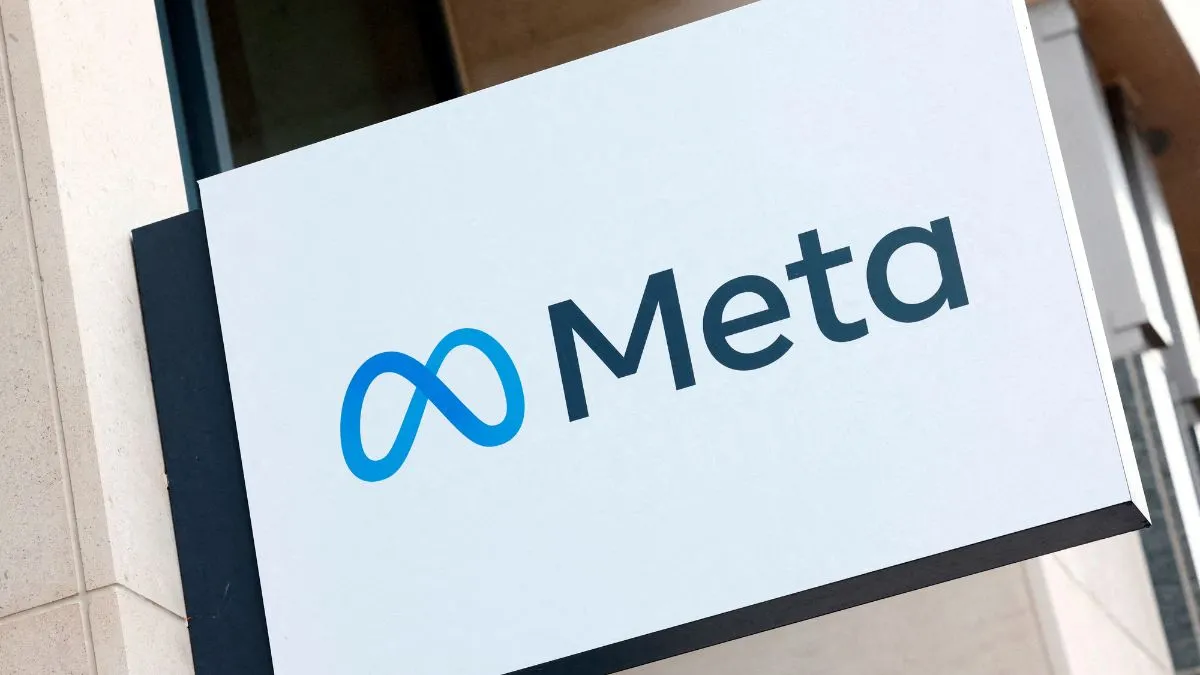- By Alex David
- Mon, 18 Aug 2025 11:20 AM (IST)
- Source:JND
According to reports, Meta is getting ready to release its first smart glasses with an integrated display—currently codenamed Hypernova—within the next month in an attempt to bring its long-term AR vision closer to reality. The goal of the device is to mark a significant advancement toward a fully functional augmented reality pair.
Key Features of Hypernova
- Built-in Display: Hypernova will incorporate a discrete display in the right lens that can show alerts, notifications, and lightweight apps, in contrast to the current Ray-Ban smart glasses, which retail for $200 to $400 but have no visual output.
- Control Mechanism: The most likely scenario involves pairing the eyewear with a neural wristband, a control system Meta trialled with the Orion AR prototypes.
Pricing Strategy
- Early Estimates: Earlier forecasts suggested a price tag in the range of $1,000 to $1,400, matching that of high-end smartphones, including the latest iPhone.
- Revised Price: Meta has trimmed expenses, and the glasses are now likely to launch at $800.
- Add-ons: The total will likely rise with optional frame designs and prescription lens modifications.
Market Strategy
Market Plan According to insiders, Meta is accepting narrower profit margins on the device in an effort to broaden the potential user base and create market momentum—an adoption tactic frequently applied to pioneering technologies.
ALSO READ: Apple Signs ₹1,010 Crore Lease For Bengaluru Office, Its Largest In India Yet
Next month’s arrival of Hypernova marks another chapter in Meta’s push beyond social media into wearable AR tech and sets up the AR ecosystem the company has been sketching for years.
Summing it up
Meta’s first smart glasses to sport a built-in display aim to flip the conversation about smart glasses and bring AR into broader everyday use. Unlike the classic Ray-Ban partnership, the Hypernova glasses place a compact, interactive overlay on the right lens, shining light on icons, messages, and micro-apps that a user can browse by moving only their wrist; a dedicated band reads the tiny gestures. The latest estimates indicate a starting price of about $800. That’s considerably lower than the $1,000-$1,400 mark analysts had penciled in only a month back, and add-on features will push the bill higher. Behind the cut is the willingness to absorb thinner-than-usual profit margins in service of rapid user growth and a stake in the wider AR wearable market.
